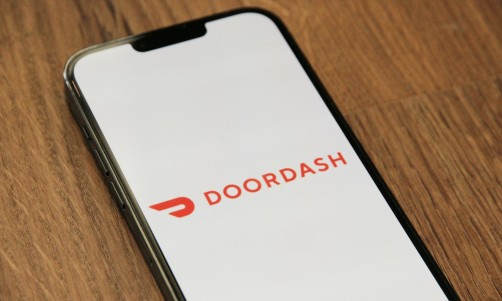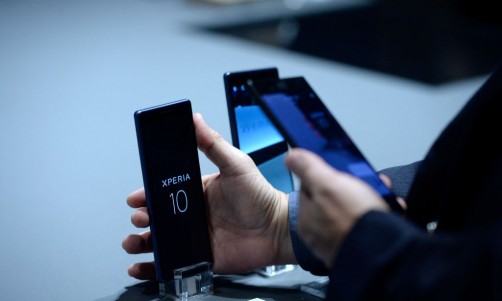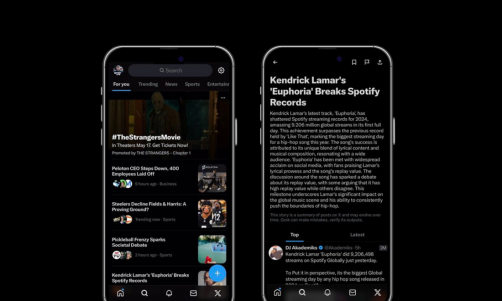HIGHLIGHTS:
- Samsung's newest camera sensor can capture the most excellent quality pictures even in low-lit areas.
- With ISOCELL HP3, people could have a grip on 200-megapixel phones operated by the sensor this 2023.
- Samsung claims its newest innovation has the world's tiniest pixels despite OmniVision's pixels recognition in February.
Camera Sensor, ISOCELL HP3 Allows manufacturers to Maintain Thin Smartphones
South Korean Electronics Company, Samsung, has launched its newest 200-megapixel camera sensor called ISOCELL HP3. The camera sensor that has the tiniest pixels will enable manufacturers to have their premium smartphones remain thin.
Simultaneously, the HP3 sensor possesses technology like autofocus capability in each pixel, binning for better low light ability, and multi-grain ISO for ultimate vibrant spectrum.
Back in September 2021, Samsung dropped information with regards to its 200-megapixel camera system known as the ISOCELL HP 1. The said camera system was the electronics company's first mobile image sensor that supports 200-megapixel. The ISOCELL HP1 holds an ultrahigh-resolution that gives an excellent detail to pictures that even cropped or resized images stay sharp.
According to Samsung, the ISOCELL HP1 has the capacity to capture 8K videos at 30 frames-per-second (fps) with a minimum loss in the field of view. A the same time, the ISOCELL HP1 features an all-new ChameleonCell technology for ultimate low-light photography. It also has a pixel-binning technology that uses a two-by-two, four-by-four, or complete pixel configuration depending on the setting.
Also, the ISOCELL HP1 transforms into a 12.5MP image sensor with large 2.56μm pixels by merging 16 neighboring pixels in fuzzy environments.
Read Also: Samsung Settles $14m Penalty Over Tricky Galaxy Ads Suggesting Handsets Are Water-resistant
Samsung Claims ISOCELL HP3 as the First Smallest Sensor
The ISOCELL HP3 is 1/1.4-inches in dimensions which is reasonably ample for a smartphone but highly tiny for a 200-megapixel sensor. The South Korea-based electronic company has asserted that it has the tech industry's smallest pixels at 0.56 microns, 20 percent smaller than the 0.64-micron pixels of the ISOCELL HP1 launched last year.
However, the claim is not entirely valid, as on February 16 this year, the Chinese manufacturer OmniVision unveiled its 200-megapixel sensor with the same 0.56-micron pixel size. OmniVision Technologies employed proprietary technology that its company developed to implant the photodiode deeper into silicon. This technique enabled OmniVision to create the world's smallest pixel for smartphone cameras.
Nevertheless, Samsung's sensor has some superior-tech gimmicks. Each pixel has autofocus detection capability, and the "Super QPD" tech uses a single lens over four pixels, allowing quicker and more accurate autofocus.
Their ISOCELL HP3 can bin four 0.56 micron pixels into a larger 1.12 micron 50-megapixel sensor for better low light capability or even integrate 16 pixels into one 2.24 microns in size. It is yet considerably smaller than most camera sensor pixels like Sony's 61-megapixel full-frame A7R IV sensor has 3.76-micron pixels which qualify for decent low-light capturing power.
Additionally, it allows 8K video at 30fps and 4K at 120fps while using nearly the whole sensor width. It also presents a 14-bit color depth (4 trillion colors), quadrupling the 12-bit depth of most smartphone sensors. Samsung's public production is established this. Therefore, the public will presumably witness 200-megapixel phones operated by the sensor next year, 2023.
Related Article: Upcoming Samsung Galaxy S21 Ultra Leaks Give Closer, In-Depth Look










